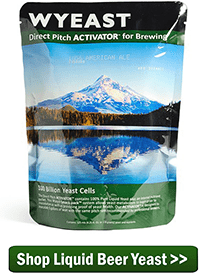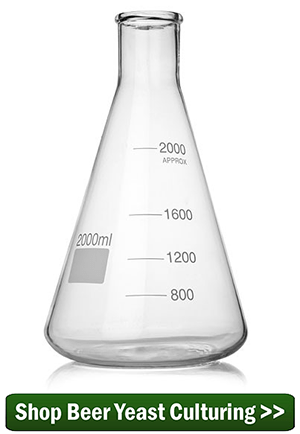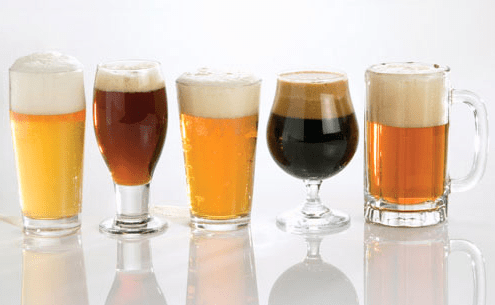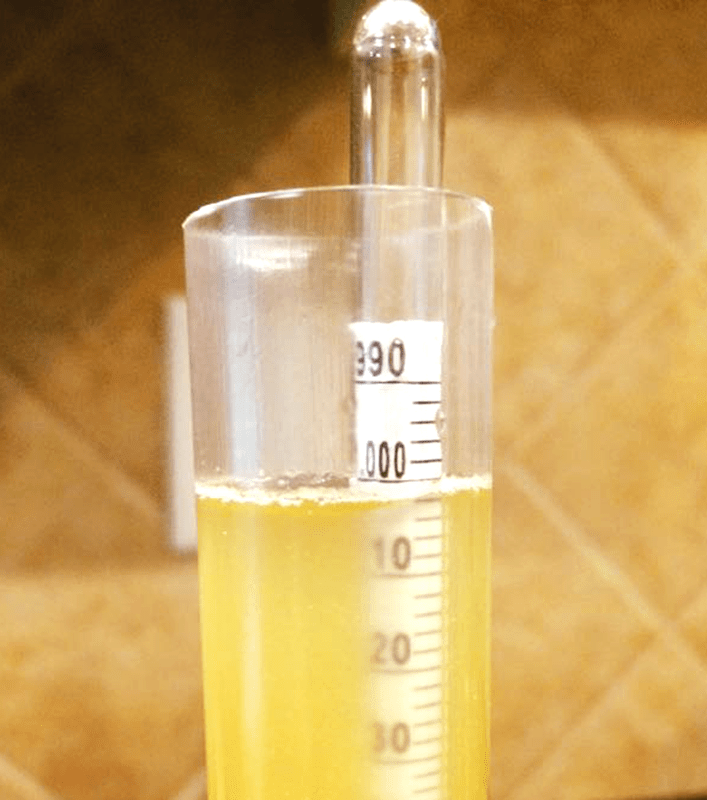 How many times have you dropped your hydrometer in its testing jar or into a fermenter and the hydrometer tapped the bottom? Each time could tap the paper scale just a little bit out of place. Do that several times, and before long your homebrew hydrometer could be pretty far out of whack.
How many times have you dropped your hydrometer in its testing jar or into a fermenter and the hydrometer tapped the bottom? Each time could tap the paper scale just a little bit out of place. Do that several times, and before long your homebrew hydrometer could be pretty far out of whack.
When using scientific gadgets in homebrewing, it’s easy to assume that they’ll do all the hard work for you. Au contraire – thermometers, pH meters, and hydrometers are not foolproof. All instruments should be calibrated periodically. This means you should calibrate you homebrew hydrometer, as well.
I calibrated my hydrometer for the first time in about five years the other day, and boy am I glad I did – it was off by 5 gravity points! Now, because ABV is measured by the difference between two readings, and not a single reading, this discovery doesn’t really affect the ABV data I have on my previous batches. But it does make a significant difference on what I thought was my extract efficiency. (If you’re an all-grain brewer, this is an important number.) Basically, I’ve been thinking my extract efficiency was better than it actually was. Time to take a closer look at my mash procedures.
Anyways, the method for calibrating a homebrew hydrometer is very easy. It’s probably not a test that needs to be done more than once or twice a year, but if you haven’t ever done it, I’d recommend you go ahead and calibrate before your next batch.
How to Calibrate Your Homebrew Hydrometer
- Fill your hydrometer testing jar with 60˚F (or 68˚F depending on your hydrometer calibration temperature) distilled water
- Suspend your hydrometer in the testing jar

- Take note of the reading. If it’s over or under 1.000, the difference will be your correction factor. (Ex: if your hydrometer reads 1.002, you’ll subtract .002 from future hydrometer readings.)
- Prepare a solution of 28g table sugar and 176g distilled water and adjust the solution to the calibration temperature of your hydrometer.
- Use your hydrometer to measure the gravity of the solution. It should be 1.048. Make note of the difference.
If your second reading is off by the same amount as the first reading, then correction is easy. For example, if your first reading is 1.002 (instead of 1.000) and your second reading is 1.050 (instead of 1.048), then all you have to do is subtract .002 from future readings to get the true specific gravity. In the very rare case of the two readings are off by different amounts, you can simply plot the two numbers on a graph, draw a line through the two points, and use the graph as a visual tool for correcting future readings.
Have you calibrated your homebrew hydrometer lately?
———————————–
David Ackley is a writer, brewer, and craft beer marketing consultant. He holds a General Certificate in Brewing from the Institute of Brewing and Distilling and is founder of the Local Beer Blog.


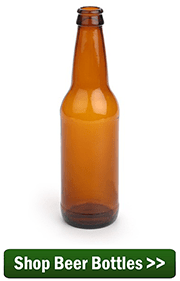
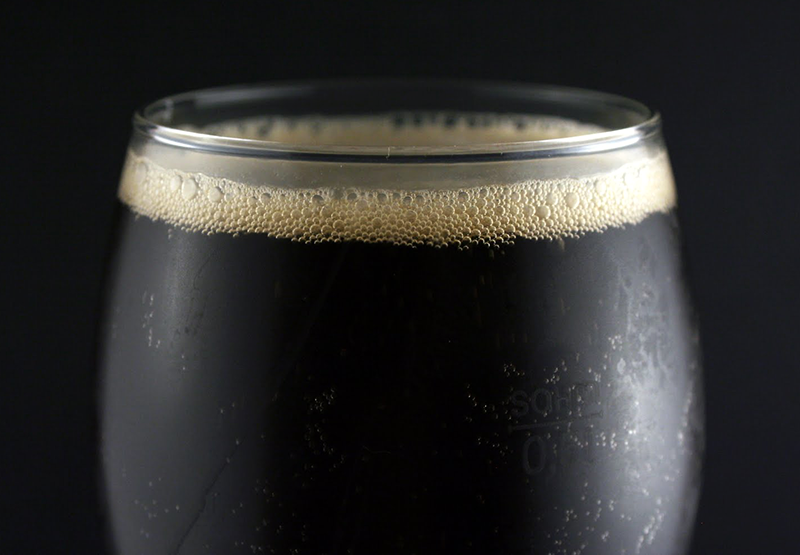

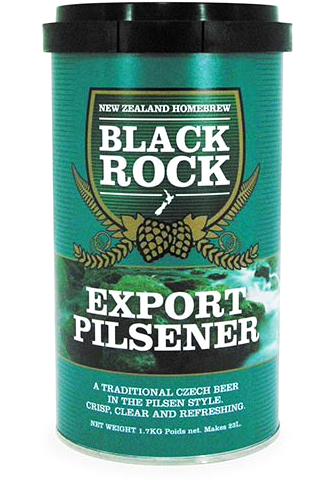 We’re excited to share that we’ve added twelve new homebrew beer kits to our lineup of
We’re excited to share that we’ve added twelve new homebrew beer kits to our lineup of 


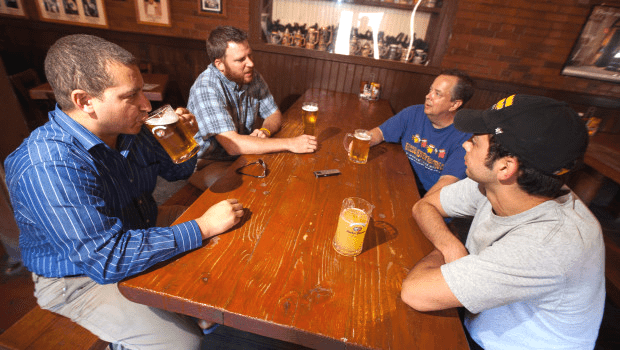 Spend any amount of time on homebrewing forums, and you’re bound to see several of the same questions come up again and again. Don’t feel bad – it’s just part of the learning process. To simplify that process, I’ve compiled answers to the top 5 most common home brewing questions beginners have about home brewing. But remember, there’s more than one way to open a bottle of beer – ultimately, you will brew the way that makes the most sense for you.
Spend any amount of time on homebrewing forums, and you’re bound to see several of the same questions come up again and again. Don’t feel bad – it’s just part of the learning process. To simplify that process, I’ve compiled answers to the top 5 most common home brewing questions beginners have about home brewing. But remember, there’s more than one way to open a bottle of beer – ultimately, you will brew the way that makes the most sense for you.
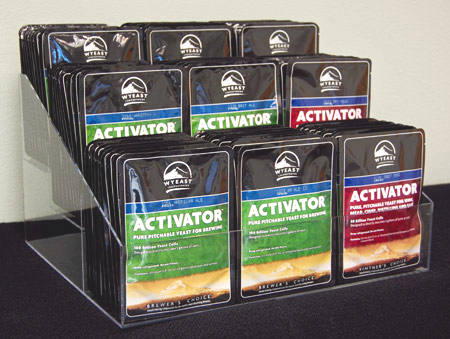 In
In 